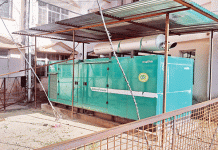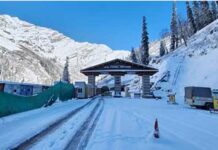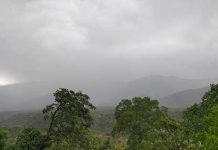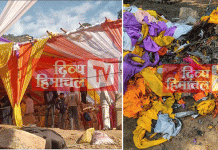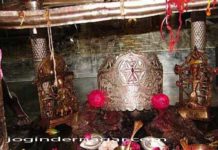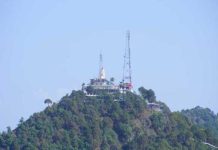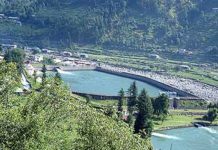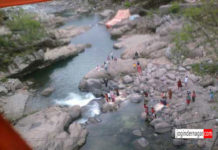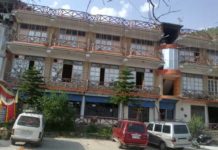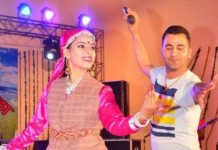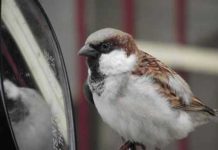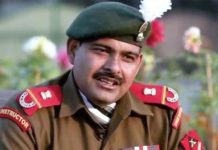Located two km from McLeod Ganj is an ancient Hindu temple dedicated to Bhagsu Nag, the snake god, and to Lord Shiva. A freshwater spring, in which pilgrims to take a holy dip flows through the temple. A beautiful waterfall, well worth visiting, is located about a 20-minute walk from the temptle. The Bhagsu temple is located in the picturesque Bhagsu village, a Gaddi tribal village whose traditional livelihood was herding and farming. The village has become one of the main tourist centre in the area during the last few years, and many of the local people are now engaged in tourism. The village has a large number of restaurants and guesthouses.
Dharamkot and Bhagsu Nag, on the suburb of McLeod Ganj are the main villages inhabited by the Gaddi, a shepherd tribe and the original inhabitants of Dhauladhar. Both these villages house a crowd of small guest houses, and are good trade points for short and long hikes around Dharamsala and the Dhauladhar mountain range.
The town of Bhagsu, 12 km from Dharamsala, has been fully settled by young Israelis, fresh from military service, and hanging out large groups
The Israelis in Bhagsu come in such large numbers that there is no culture shock; everything is written in Yiddish, and India is transformed into a familiar land of nice hikes, cheap food/drink, and no parental supervision.
History of BhagsuNag
According to legend, 5000 years ago, Nagdevata, the snake God was drawn into a battle with a local King Bhagsu, who dared steal water from the sacred NagDal Lake. King Bhagsu was vanquished and forgiven by the Snake God and the site consecrated as BhagsuNag. Amongst all the devotees, the temple holds a special significance for the Gorkhali community. Temple patronage had been the essence of Gorkha culture.
Bhagsunag Temple, and the Dal Lake nearby, were the anchors around which the Gorkhas settled feeling at home and integrating with their new country as peaceful, law-abiding citizens. With contributions from their salaries and labour, they built the two magnificent water tanks with the Nepali-style tiger-head water spouts. They also built a beautiful double-storied wooden community rest house or Sarai for pilgrims to congregate for religious and other social gatherings. This was never locked and opens to all. Also built was a smaller temple of Pashupatinath above the second water tank and a towering gate at the entrance.
Generation after generation of the First Gorkhas continue to live in HP, still maintaining their traditions and regular patronage of the Bhagsunath temple whose blessings they seek for every occasion. In 1959, after the Dalai Lama and the Tibetans moved to Mcleodganj in Upper Dharamshala, the locality developed as a busy tourist and Tibetan habitat.
Bhagsu Waterfall
This waterfall is situated at Bhagsu, 2 km from McLeodganj. It lies behind the Bhagsunag Temple. During Monsoon, the fall turns into a 30 feet cascade besides a mountain that looks like an art piece made out of slate. This occurrence is due to the rich deposits of slate in the surroundings. Tourists can enjoy swimming but the water is cold. It is a place where one can enjoy and relax in the soothing environment of the miraculous Himalayas.
Climate
The best weather in this part of Himachal Pradesh is from October/November, with warm sunny days and pleasant nights.
How to Reach
By Train
Kangra and Nagrota are the nearest meter gauge railway stations to McLeodganj. Pathankot (90 km) is the nearest broad gauge station, which is connected to all major cities in India by train.
By Air
Nearest airport is Gaggal airport which is about 10 km away from McLeodganj. From Kulu and Delhi, flights services are available to Gaggal thrice a week.
By Road
State bus services connect McLeodganj with neighboring cities.







